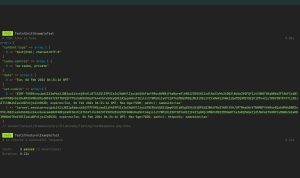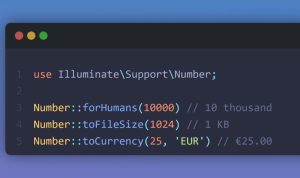What is ES6?
ES6 stands for ECMAScript 6.
ECMAScript was created to standardize JavaScript, and ES6 is the 6th version of ECMAScript, it was published in 2015, and is also known as ECMAScript 2015.
Modules
JavaScript modules allow you to break up your code into separate files.
This makes it easier to maintain the code-base.
ES Modules rely on the import and export statements.
Export
You can export a function or variable from any file.
Let us create a file named person.js, and fill it with the things we want to export.
There are two types of exports: Named and Default.
Named Exports
You can create named exports two ways. In-line individually, or all at once at the bottom.
Example
In-line individually:
person.js
export const name = "Jesse" export const age = 40
All at once at the bottom:
person.js
const name = "Jesse"
const age = 40
export { name, age }
Default Exports
Let us create another file, named message.js, and use it for demonstrating default export.
You can only have one default export in a file.
Example
message.js
const message = () => {
const name = "Jesse";
const age = 40;
return name + ' is ' + age + 'years old.';
};
export default message;
Import
You can import modules into a file in two ways, based on if they are named exports or default exports.
Named exports must be destructured using curly braces. Default exports do not.
Example
Import named exports from the file person.js:
import { name, age } from "./person.js";
Example
Import a default export from the file message.js:
import message from "./message.js";











